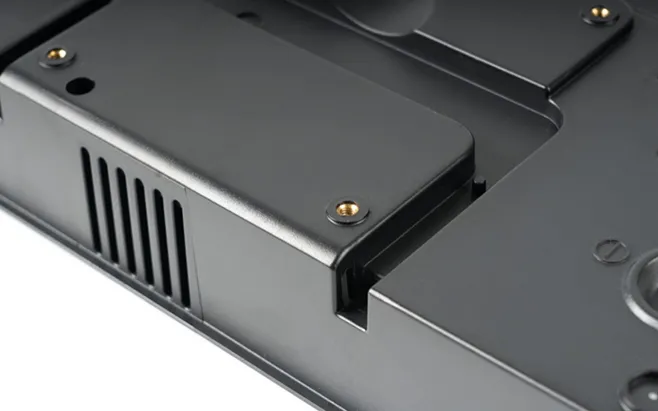Dec. 20, 2023
Mechanical Parts & Fabrication Services
Custom insert molding is a specialized injection molding process that combines precision molding techniques with the integration of pre-placed inserts or components within the mold cavity. This manufacturing method allows for the creation of complex and customized products by encapsulating inserts, such as metal parts, electronic components, or other specialized materials, directly into the molded part during the molding process. Let's explore the key aspects and benefits of custom insert molding:
**1. Integration of Inserts:
Diverse Insert Materials:
Custom insert molding accommodates a variety of insert materials, including metals, plastics, ceramics, and electronic components. This versatility enables manufacturers to design products with enhanced functionalities and diverse material properties.
Pre-Placed Inserts:
Inserts are strategically placed into the mold before the injection molding process begins. This precise placement ensures that the inserts are encapsulated seamlessly within the final molded part.
**2. Process Overview:
Mold Design:
The custom insert molding process starts with the design of a specialized mold that incorporates the desired features for the final product, including spaces for insert placement.
Insert Placement:
Inserts are manually or automatically placed into the mold cavities based on the product's design. The placement is critical to achieving the desired functionality and structural integrity.
Injection Molding:
Once the inserts are in place, the mold closes, and molten material, usually thermoplastic, is injected into the mold. The material surrounds and encapsulates the inserts, conforming to the mold's geometry.

Cooling and Solidification:
The mold is cooled to allow the molten material to solidify. This phase ensures that the final part retains its shape and structure, including the integrated inserts.
Ejection:
After solidification, the molded part, now containing the integrated inserts, is ejected from the mold. The part is then ready for additional processing or assembly steps.
**3. Advantages of Custom Insert Molding:
Enhanced Functionality:
Custom insert molding enables the incorporation of diverse materials and components into a single molded part, enhancing the overall functionality and performance of the product.
Reduced Assembly Steps:
By integrating multiple components during the molding process, custom insert molding often reduces the need for additional assembly steps. This not only streamlines manufacturing but also enhances product consistency.
Improved Strength and Durability:
The fusion of inserts with the surrounding material enhances the overall strength and durability of the final product. This is particularly beneficial for applications where mechanical strength and reliability are critical.
Cost-Efficiency:
The reduction in assembly steps and the potential for using fewer materials contribute to cost-efficiency in manufacturing. Custom insert molding optimizes production processes, resulting in a more economical and streamlined manufacturing approach.
Design Flexibility:
Manufacturers have the flexibility to design complex parts with specific features by strategically placing inserts. This versatility allows for creative and innovative product designs.
**4. Applications of Custom Insert Molding:
Electronics:
Custom insert molding is commonly used in the electronics industry to encapsulate and protect delicate electronic components within a durable molded housing.
Automotive Components:
The automotive sector utilizes custom insert molding for manufacturing components such as sensors, connectors, and housings with integrated metal or plastic inserts.
Medical Devices:
In the medical field, custom insert molding is employed to create intricate parts for devices such as surgical instruments, connectors, and diagnostic equipment.
Consumer Goods:
Products like tool handles, appliance components, and various consumer goods benefit from custom insert molding, providing enhanced functionality and durability.
Conclusion:
Custom insert molding stands at the intersection of precision molding and versatile design, offering manufacturers the ability to create complex, multifunctional parts. By integrating inserts directly into the molding process, this technique not only enhances the functionality and durability of products but also contributes to cost-efficiency and streamlined manufacturing processes. With applications spanning across industries, custom insert molding continues to be a key enabler of innovative and efficient manufacturing practices.
Previous: What are the advantages of collet chuck?
Related Articles
If you are interested in sending in a Guest Blogger Submission,welcome to write for us!
All Comments ( 0 )